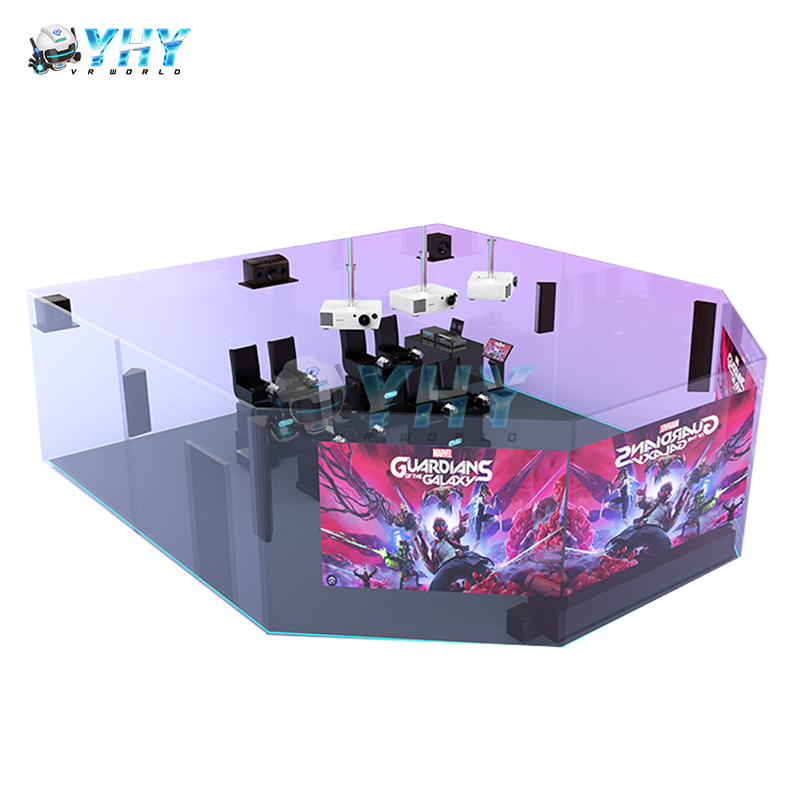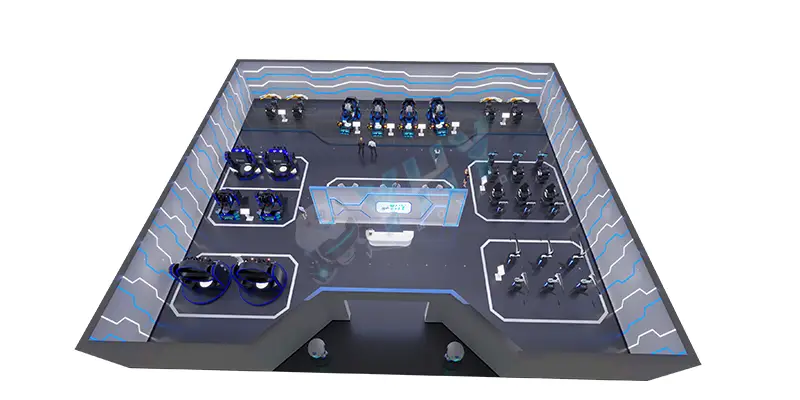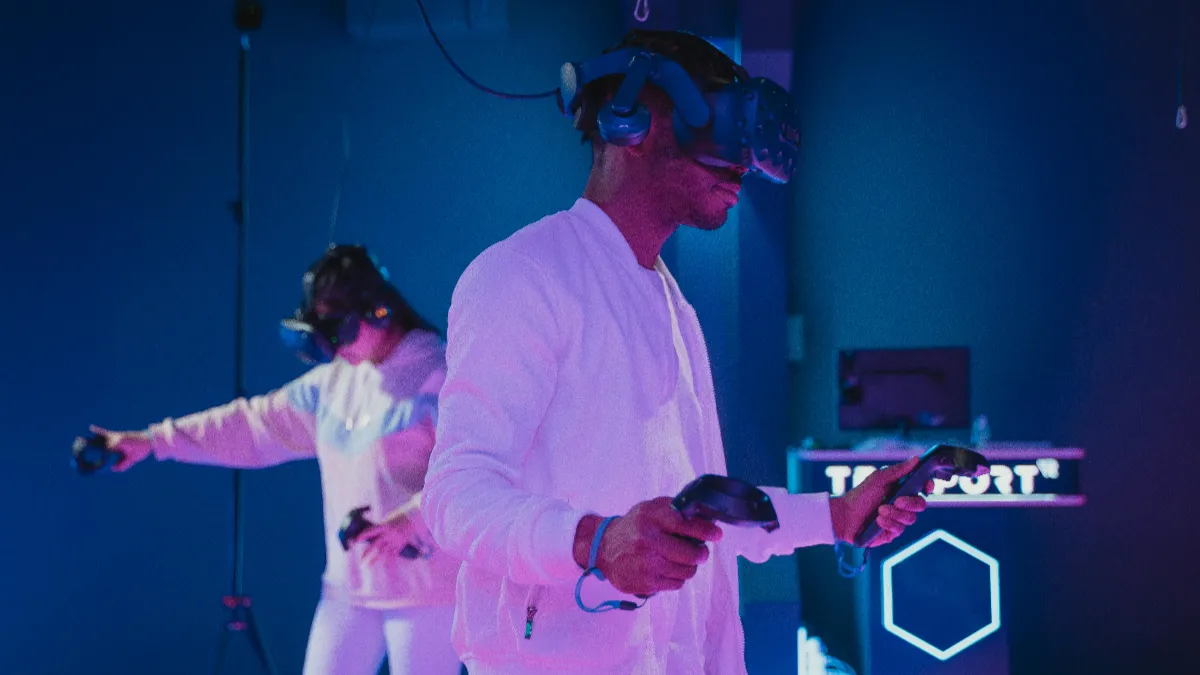Виртуальная реальность (VR) technology has revolutionized various industries, providing immersive experiences that simulate real-world environments. Однако, one of the biggest challenges users face is motion sickness in VR, also known as cybersickness. This phenomenon can significantly affect the user experience, leading to discomfort such as dizziness, nausea, and disorientation. This article delves into the causes of VR motion sickness, the factors that make individuals more susceptible to it, and the solutions available to both users and manufacturers, especially in the context of VR motion simulators.
What is VR Motion Sickness?
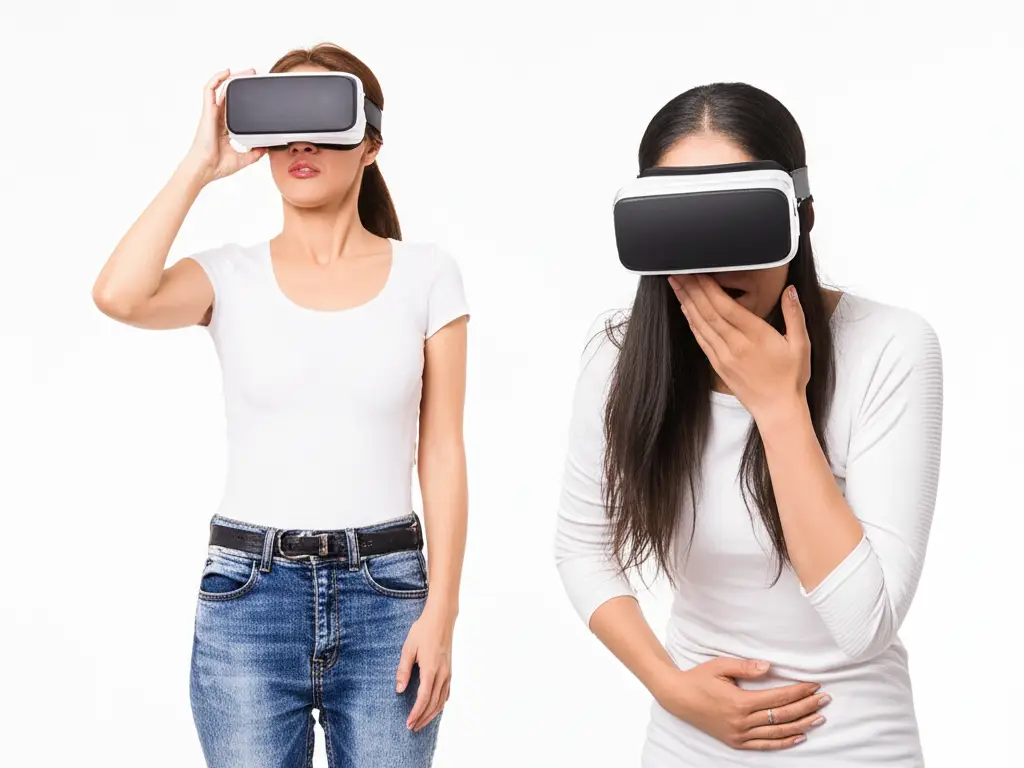
VR motion sickness occurs when there is a mismatch between the visual input and the sensory feedback received by the body. In a typical VR experience, the user’s eyes perceive motion—such as walking or running—while the body remains still or experiences only minimal movement. This sensory conflict sends conflicting signals to the brain, which then reacts by causing symptoms of motion sickness.
The condition is similar to motion sickness experienced in vehicles, boats, or airplanes, where the body feels movement but the inner ear or sensory system does not detect it. In VR, this misalignment between visual and vestibular inputs creates a sense of disorientation, which may lead to nausea, sweating, and dizziness.
Cybersickness is not a universal experience. Some users may feel discomfort after just a few minutes of using VR, while others may not experience it at all. The intensity of the symptoms varies depending on several factors, including the quality of the VR system, the user’s sensitivity, and the design of the virtual environment.
Unpacking the Science: Key Causes of Motion Sickness in VR
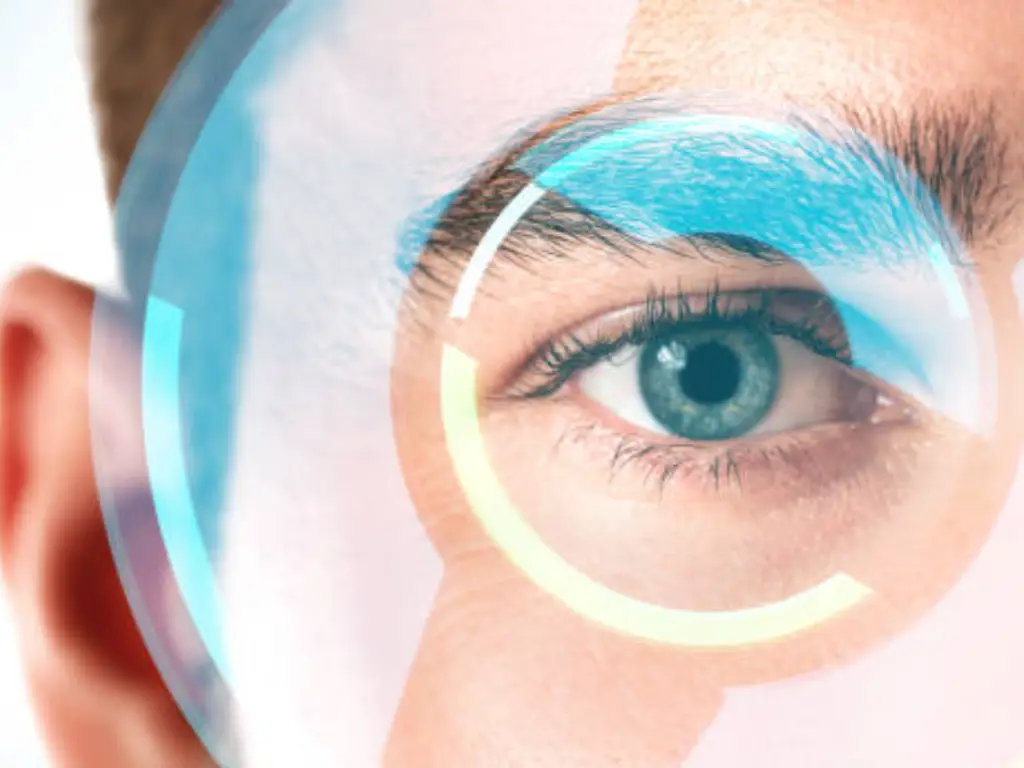
Motion sickness in VR is a multifaceted issue that arises from several factors within the virtual environment. To understand why it occurs, it’s essential to break it down into four primary categories: sensory conflict, postural instability, technical limitations, and content design. Each of these factors contributes to the discomfort experienced by users in different ways.
1. Sensory Conflict
Sensory conflict remains the core cause of VR motion sickness. This happens when the brain receives conflicting signals from different sensory inputs. In VR, the visual system detects motion, but the body does not physically experience that movement. This mismatch between what the eyes see and what the body feels creates confusion in the brain, leading to the discomfort associated with motion sickness.
- Mismatch Between Visual and Vestibular Inputs: In VR, the user may see rapid movements (like walking or running) but their body remains still, leading to a sensory conflict.
- Head Movements and Peripheral Vision: When users move their heads but the visual environment does not synchronize with their movement, it worsens the sense of imbalance.
2. Postural Instability
In VR, the body often remains stationary while the visual world simulates movement. This discrepancy between physical stillness and virtual motion contributes to postural instability, making it difficult for users to maintain balance and comfort.
- Head and Body Movement: When the user’s head or body moves, but the virtual environment does not reflect these changes, it triggers feelings of instability.
- Lack of Grounded Reference Points: VR environments that lack consistent, stationary visual cues (like a stable horizon) can make it difficult for users to orient themselves, leading to discomfort.
3. Technical Limitations
Technical limitations in VR hardware and software can amplify sensory conflicts or introduce new issues that contribute to motion sickness. Here are the key technical factors that influence the user experience:
- Latency (Motion-to-Photon Latency) : This refers to the delay between the user’s real-world head movement and the corresponding update on the VR display. Even slight latency (over 20 milliseconds) can cause discomfort by disrupting the visual and motion synchronization. If the head moves but the screen lags, it creates a sense of “lag” that confuses the brain.
- Refresh Rate and Frame Rate: Low refresh rates or frame rates cause visual stuttering and motion blur. A minimum of 90 Hz refresh rate is typically required to ensure smooth visual input. If the refresh rate is too low, the brain perceives jerky or inconsistent motion, leading to nausea and dizziness.
- Display Persistence and Motion Blur: If pixels stay illuminated too long (high display persistence), moving objects leave behind blurry traces, which can worsen the perception of motion and induce discomfort.
- Field of View (FOV) Mismatch: VR headsets with a narrow FOV can create a feeling of “tunnel vision,” while an excessively wide FOV may disorient the user. A natural FOV is important to maintain a comfortable virtual experience, as a mismatch leads to confusion and motion sickness.
- Interpupillary Distance (IPD) : If the IPD setting on the VR headset does not align with the user’s natural eye distance, it causes blurry or double vision, straining the eyes and contributing to discomfort. Incorrect IPD settings can also distort depth perception, leading to headaches and nausea.
4. Content Design
The way virtual environments and content are designed plays a crucial role in triggering or alleviating motion sickness.
- Rapid or Extreme Movements: Content that involves fast motion or sudden changes in perspective (such as flying, quick turns, or high-speed travel) can cause sensory overload, worsening motion sickness.
- Lack of Stabilizing Visual Cues: Environments that lack stationary points of reference, such as a fixed horizon or objects in the background, make it difficult for users to maintain visual stability. This exacerbates the disorientation caused by sensory conflict.
- Dynamic Field of View Adjustments: Some VR experiences dynamically adjust the FOV during motion (such as a “tunnel effect” during movement). While this can reduce discomfort for some users, poorly implemented dynamic FOV can lead to abrupt transitions that increase discomfort.
- Visual Artifacts and Distortion: Poor graphics rendering or the introduction of optical distortions (such as barrel distortion or chromatic aberration) can reduce the visual quality and increase strain on the eyes, triggering nausea and dizziness.
Are You More Susceptible? Individual Factors Influencing VR Sickness
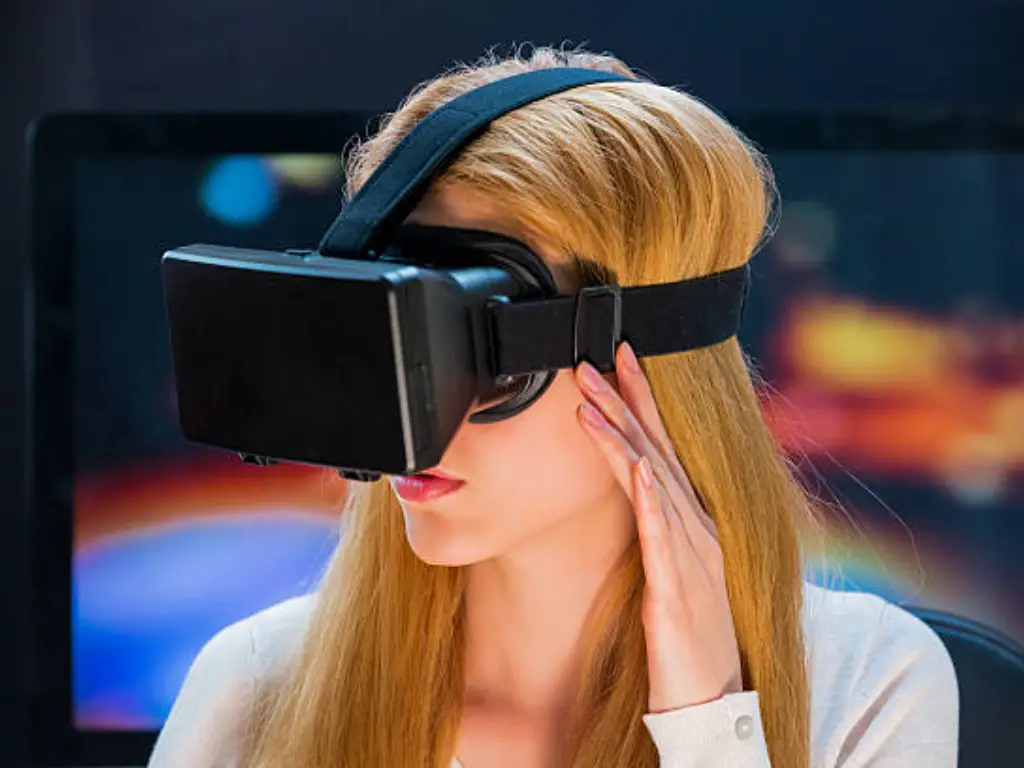
Not all users are equally susceptible to VR motion sickness. Several individual factors can increase the likelihood of experiencing discomfort when using VR systems:
1. Previous Motion Sickness History
Individuals who are prone to motion sickness in real-life environments, such as cars, boats, or airplanes, are more likely to experience motion sickness in VR. The brain’s heightened sensitivity to sensory conflict in these individuals makes VR experiences more challenging.
2. Age
Research indicates that younger users generally adapt to VR environments more quickly than older users. Children and teenagers are typically more resistant to VR motion sickness, while older adults may experience heightened sensitivity due to changes in the vestibular system or slower adaptation.
3. Gender
Research, such as a study by Shafer et al. (2017), has shown that women are more likely to experience motion sickness in VR compared to men (source). This disparity may be linked to factors like hormonal differences or sensory processing, though further research is needed to fully understand the reasons behind this trend.
4. Health Conditions
Pre-existing health conditions, such as vestibular disorders, migraines, or visual impairments, can make users more susceptible to cybersickness. For example, individuals with issues related to balance or dizziness may be more likely to experience symptoms in VR.
5. Experience and Adaptation
The more frequently a user interacts with VR environments, the more likely they are to build tolerance to motion sickness in VR. This phenomenon, known as VR adaptation, allows users to acclimate to the sensory inputs and reduce discomfort over time. Однако, some individuals may never fully adapt.
How to Alleviate and Prevent VR Motion Sickness Before and During Play
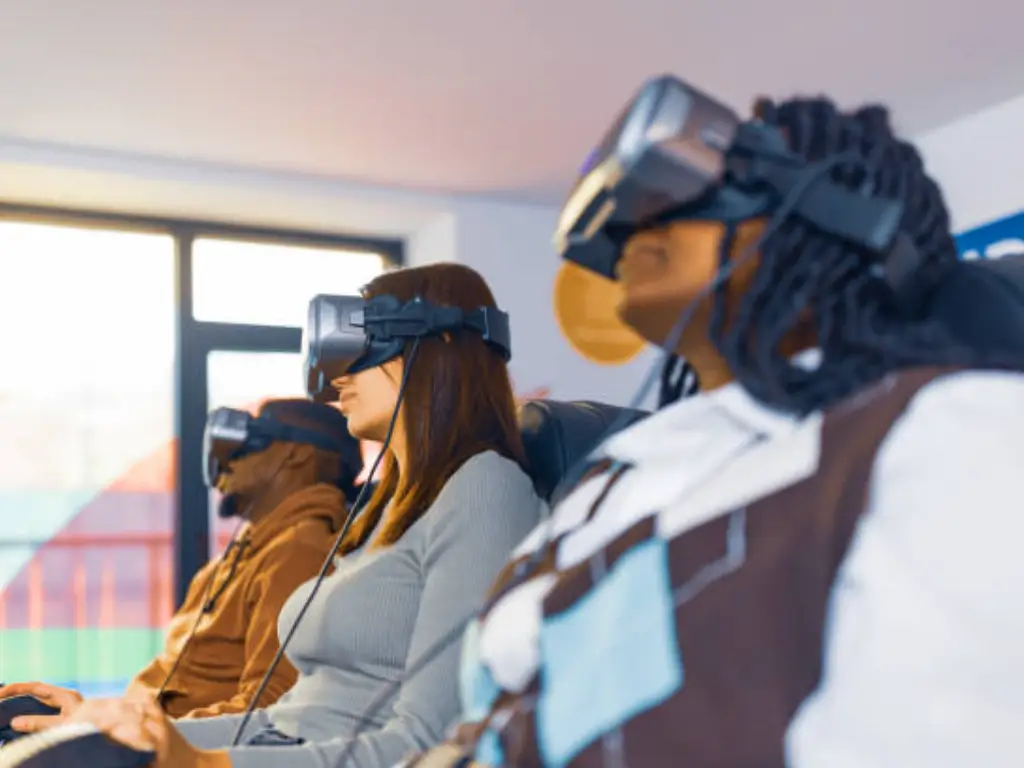
While some users may naturally adapt to motion sickness in VR, others may ask “how to stop vr motion sickness?”. Here are several strategies to help users reduce discomfort before and during their VR experience:
Pre-Play Strategies
- Start with Short Sessions: Gradually increasing the duration of VR playtime can help users adapt more comfortably. Start with short sessions of 10 к 15 minutes and progressively increase the time spent in the virtual environment.
- Optimize VR System Settings: Adjusting the frame rate, latency, and field of view can significantly reduce the chances of motion sickness. VR systems with high frame rates (at least 90 Гц) and low latency are less likely to cause discomfort. Кроме того, adjusting the FOV to a comfortable level can reduce disorientation.
- Ensure Proper Calibration: Ensure that the VR system is correctly calibrated to the user’s physical position. Proper alignment of the headset and controls can reduce the risk of sensory conflict.
- Take Breaks: Regular breaks can prevent prolonged exposure to the virtual environment and help the body adjust to the sensory inputs. Short breaks every 15-20 minutes can significantly reduce the likelihood of motion sickness in VR.
During Play
- Use Comfort Features: Many VR applications include comfort features that limit rapid movement or provide teleportation as an alternative to continuous walking. These features help reduce the likelihood of virtual reality sickness by minimizing the sensory conflict.
- Focus on Stable Visual Cues: In some VR environments, users may benefit from focusing on fixed visual elements, such as a stationary point or the horizon. This can provide the brain with a sense of stability, reducing the intensity of the motion perception.
- Avoid Fast Movements: Limiting quick or erratic movements can help users maintain a better sense of balance and prevent discomfort. Slower, more controlled movements reduce the likelihood of triggering cybersickness.
- Wear Comfortable Gear: Ensure that the headset fits securely and comfortably. Poorly fitted VR headsets can cause discomfort or even exacerbate symptoms of motion sickness.
Industry Spotlight: How YHY VR Motion Simulators Address Motion Sickness Challenges
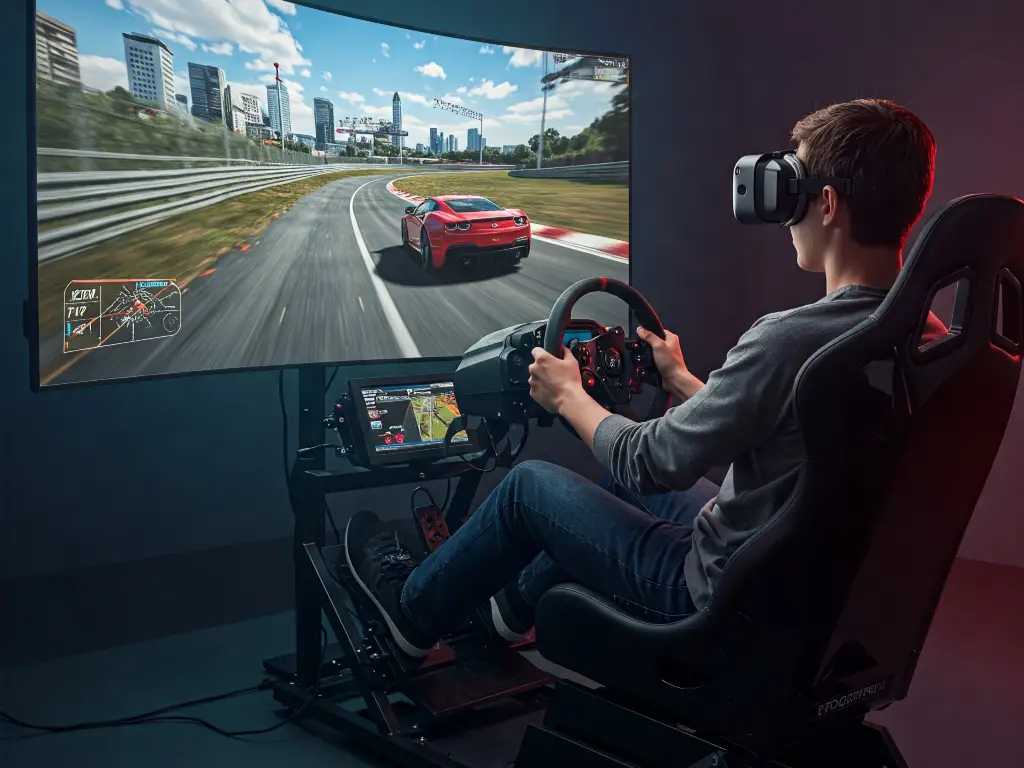
The challenge of motion sickness in VR is a significant focus for the industry, and manufacturers are continually pushing the boundaries to provide more comfortable, иммерсивные переживания. At the forefront of this innovation are VR motion simulators like those developed by YHY, which have been specifically designed to tackle cybersickness by addressing its root causes with cutting-edge technology.
Precise and Synchronized Motion Feedback
YHY’s VR motion simulators excel in providing precise and synchronized motion feedback, a critical element in minimizing motion sickness. Unlike traditional 3DOF (three degrees of freedom) that rely on basic vertical or rotational movements, YHY’s exclusive 3DOF technology delivers dynamic, multi-angle motion, allowing for more natural and responsive movement. This advanced technology ensures that the motion cues in the simulator are meticulously synchronized with the visuals presented in the VR headset. The result is a smooth, coherent experience that significantly reduces sensory conflict, a key factor that triggers motion sickness. By offering greater precision and fluidity, YHY’s 3DOF platform provides a highly immersive and comfortable experience for users.
Ultra-Low Latency Performance
One of the key features that differentiate YHY’s motion simulators is our ultra-low latency performance. Achieving near-instantaneous feedback between user input, visual updates, and physical motion is crucial to maintaining immersion. Our advanced control systems ensure that the actions users perform in the real world are reflected in the virtual environment without perceptible delay. By eliminating any lag, we prevent the disorienting sensation that can lead to motion sickness, providing users with a smooth, uninterrupted experience.
Advanced Motion Cueing Algorithms
YHY’s motion simulators incorporate sophisticated motion cueing algorithms that intelligently translate virtual movements into realistic, optimized physical cues. These algorithms are designed to provide controlled, smooth, and believable motion, while filtering out jarring or unnatural movements that could contribute to discomfort or vr motion sickness. By delivering consistent, fluid motion feedback, our simulators create an immersive experience that feels both natural and comfortable.
High-Fidelity Sensory Input
YHY’s motion simulators are designed to provide an exceptional level of sensory immersion by incorporating software that accurately simulates real-world physical dynamics. These simulators are often equipped with or compatible with advanced simulation software that calculates complex elements like tire grip, aerodynamics, and suspension system responses—all crucial factors in scenarios such as racing simulations. By simulating these intricate physical behaviors, YHY’s platform ensures a highly realistic experience where every motion is grounded in accurate physics, resulting in a seamless and immersive virtual environment that reduces sensory mismatches and enhances user comfort. YHY Гонки Motion Simulator offers an innovative solution to motion sickness by eliminating the need for a headset, allowing users to experience immersive racing simulations with reduced sensory conflict.
Robust and Refined Engineering
YHY’s motion simulators are built with industrial-grade components to ensure maximum durability and reliability. A key part of this robust design is the use of cast polyurethane synchronous belts in the upper section of our 3DOF platform. These belts are known for their high pitch accuracy, ensuring precise and smooth motion control. Made from wear-resistant polyurethane and reinforced with a high-strength steel wire tensile layer, they feature an extremely low elongation rate, enhancing their longevity. Furthermore, these belts are resistant to tropical climates, grease, gasoline, and certain acids and alkalis, ensuring reliable performance even in harsh conditions.
Заключение
VR motion sickness is a significant challenge, but advancements in VR technology, such as those pioneered by YHY, offer solutions that greatly enhance user comfort. By addressing key causes of cybersickness, such as sensory conflict, latency, and content design, YHY’s simulators deliver a smoother, more immersive experience. With cutting-edge features like 3DOF technology, ultra-low latency, and high-fidelity sensory input, YHY ensures that users can enjoy virtual reality without discomfort.
Upgrade your VR experience today with YHY’s state-of-the-art motion simulators, and enjoy seamless, immersive environments with no motion sickness!

